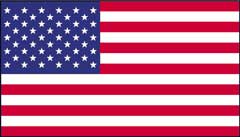You should report the committee’s custody and control over old lawn signs in excess of the trigger amounts on the SEEC Form 30 using Section O: Campaign Expenses Paid by Candidate. The treasurer should indicate by checking the appropriate check box that reimbursement is not sought and should provide a description of the items provided (i.e. “51 old lawn signs”). The “Date of Payment” should be the date the signs were provided to the committee. The value of the signs should be reported as follows:
- 500 or more lawn signs for statewide office – $2,500
- 100 or more lawn signs for office of state senator – $500
- 50 or more lawn signs for the office of state representative – $250
This should be reported in the SEEC Form 30 covering the reporting period in which the lawn signs were provided to the committee. Upon reporting such lawn signs, Public Act 10-01 provides that your grant will be reduced as follows:
- 500 or more lawn signs for statewide office will reduce the grant by $2,500
- 100 or more lawn signs for office of state senator shall reduce the grant by $500
- 50 or more lawn signs for the office of state representative shall reduce the grant by $250
Note that if a candidate’s primary grant has been reduced due to the committee’s custody and control over old lawn signs, the candidate’s general election grant will not be reduced.
 UNITED STATES Full
UNITED STATES Full  CONNECTICUT Full
CONNECTICUT Full 
 UNITED STATES Full
UNITED STATES Full  CONNECTICUT Full
CONNECTICUT Full 